Haitian Iron at a Celtic Fest
Late last month, Gigi and Casey ran the It’s Cactus booth at the Celtic Festival in Bethlehem, PA. Though they have done countless shows together in the past, this one was special. For one thing, it was the debut of Haitian metal sculpture among all things Celtic. Strange, you say? Well, maybe. And then again, maybe not.
Our artists have been working on Celtic designs for over two years now. Celtic symbolism translates easily into much of their work. The Celtic Tree of Life, for example, has “infinity knots” worked into its roots and branches. And how appropriate that the Tree of Life symbolizes the infinite cycle of death and rebirth, while knots themselves represent a bond, just as the Tree that binds the Heavens and Earth below.
It turned out that the Celtic Tree of Life, as well as our Celtic Crosses, were great hits! And though they are quite marvelous, we were surprised how fast the dragonflies “flew.” out of the booth. We had no idea that in Celtic lore, dragonflies are believed to once have been dragons. Following their metamorphosis into dragonflies, they belong to the faerie folk. Dragonflies are thereby strong emblems of change. Further, their skittering across water indicates that, in life, one needs to not look only at the surface of things, but also to look deeper to find greater truth and meaning.
Additionally, there were requests among the patrons for other things of Celtic imagery. Birds, and particularly ravens were mentioned
time and again. According to Celtic tradition, ravens are seers, favorites of the Celtic gods and goddesses, and are often linked to a warrior’s death in battle. It is even said that King Arthur, (Yes, I know, he’s Welsh, but that fits under the Celtic umbrella, along with the Bretons, Cornish, and Gaels.) receiving a mortal wound at the Battle of Camlann turned into a raven and flew away to Avalon. To bring the idea full circle, ravens in the voodoo culture of Haiti symbolize the divinity of Man.
Ravens then, demonstrably worthy, are on the radar. It takes time, though, to go from concept to product. Drawings will be exchanged between Casey and our artists in Haiti. From those drawings, several prototype sculptures will be made. Several months may pass before the right combination of design and execution is reached, but when success is achieved, the artist will receive his order. Weeks later, we’ll get the first peek of the new sculptures at the warehouse in Salinas.
Celtic designs in Haitian metal? Not so strange as it sounds. They are a perfect fit!
Contributed by Linda for It’s Cactus


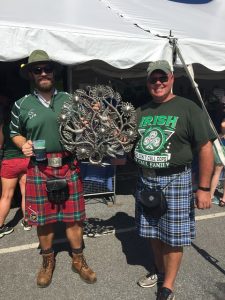



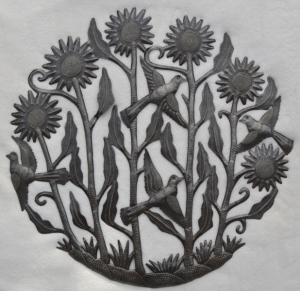
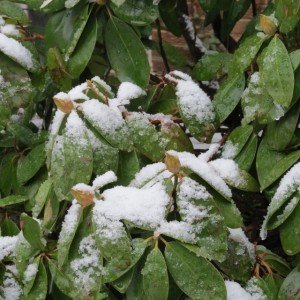

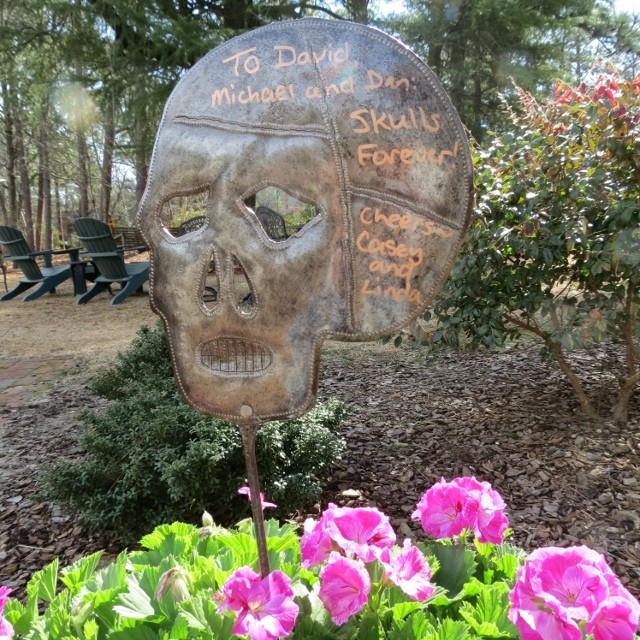
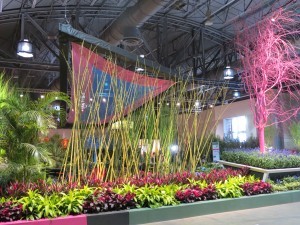
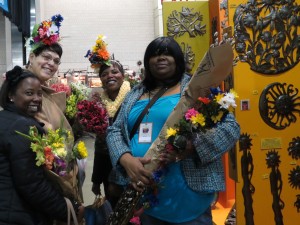
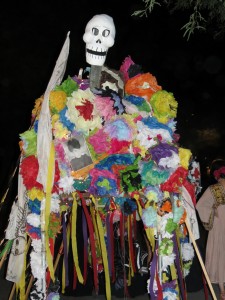
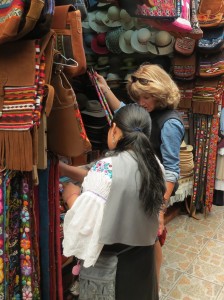
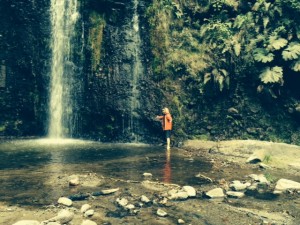
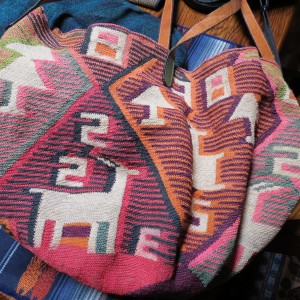
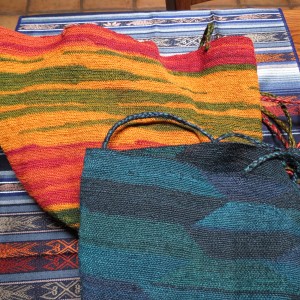
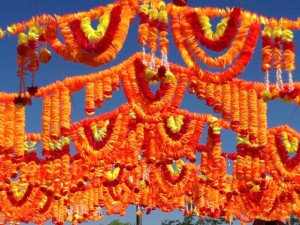
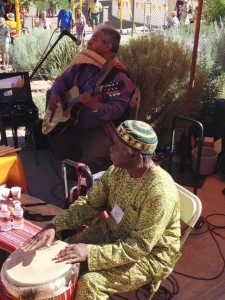
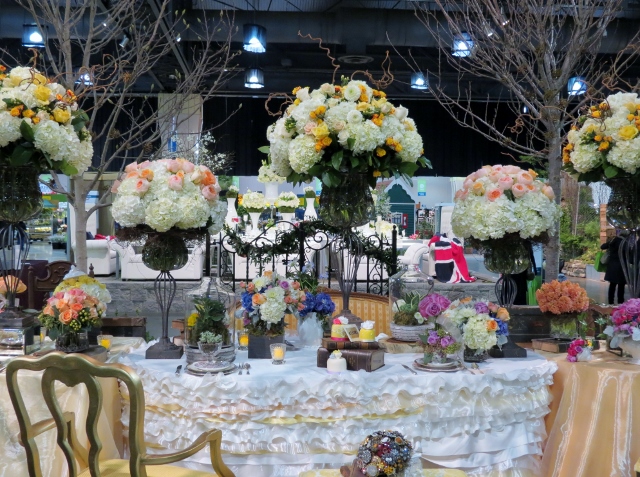
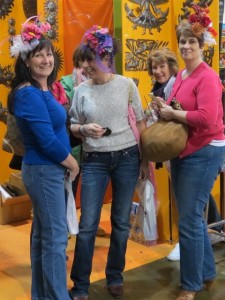
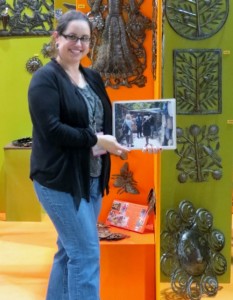
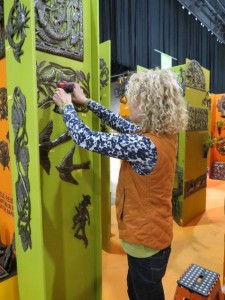
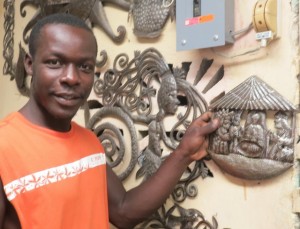
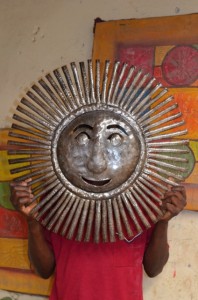
 Summertime is vacation time for many of us, and as my family lives in a place to which people escape winter’s wrath, it’s probably no surprise that we chose to migrate northward as the summer’s heat became too intense for general tolerance. We set off for Victoria, British Columbia but, of all things, by the second day there, I was reminded of Haiti.
Summertime is vacation time for many of us, and as my family lives in a place to which people escape winter’s wrath, it’s probably no surprise that we chose to migrate northward as the summer’s heat became too intense for general tolerance. We set off for Victoria, British Columbia but, of all things, by the second day there, I was reminded of Haiti.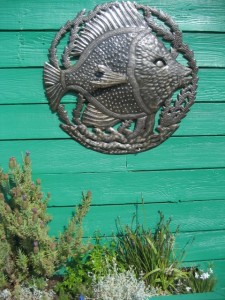 I thought how pleased he would be to see his art so perfectly set in this beautiful place. It tickled me later when I re-read the letter he wrote to Beyond Borders accompanying a sample of this very design. He said, “I take this moment extraordinary to introduce to you my model of fish. I think you and your friends are going to like it very much.” He was so right! Haitian art is as perfectly at home at the beach on the Caribbean Sea as it is along the Straits of San Juan in the North Pacific.
I thought how pleased he would be to see his art so perfectly set in this beautiful place. It tickled me later when I re-read the letter he wrote to Beyond Borders accompanying a sample of this very design. He said, “I take this moment extraordinary to introduce to you my model of fish. I think you and your friends are going to like it very much.” He was so right! Haitian art is as perfectly at home at the beach on the Caribbean Sea as it is along the Straits of San Juan in the North Pacific.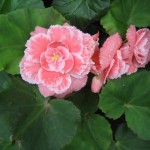
![sm421[1]](https://blog.itscactus.com/wp-content/uploads/2012/08/sm4211-150x150.jpg) And I thought again of Haitian sculptors, this time, Jimmy Prophet and Willie Juiene, whose artful eyes and exacting hands re-fashion Nature’s work so elegantly in steel. The monochrome of the metal they work focusses one’s attention to form and line, and emphasizes the refined precision of the artists’ touch. These men have never seen Buchart Gardens nor are they likely
And I thought again of Haitian sculptors, this time, Jimmy Prophet and Willie Juiene, whose artful eyes and exacting hands re-fashion Nature’s work so elegantly in steel. The monochrome of the metal they work focusses one’s attention to form and line, and emphasizes the refined precision of the artists’ touch. These men have never seen Buchart Gardens nor are they likely 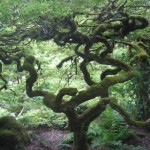 to, but flowers and trees that serve as
to, but flowers and trees that serve as ![2175[1]](https://blog.itscactus.com/wp-content/uploads/2012/08/21751-150x150.jpg) their inspiration are miracles of design no matter where they bloom and flourish. In Haiti, as in Canada, the miracle is the same.
their inspiration are miracles of design no matter where they bloom and flourish. In Haiti, as in Canada, the miracle is the same.